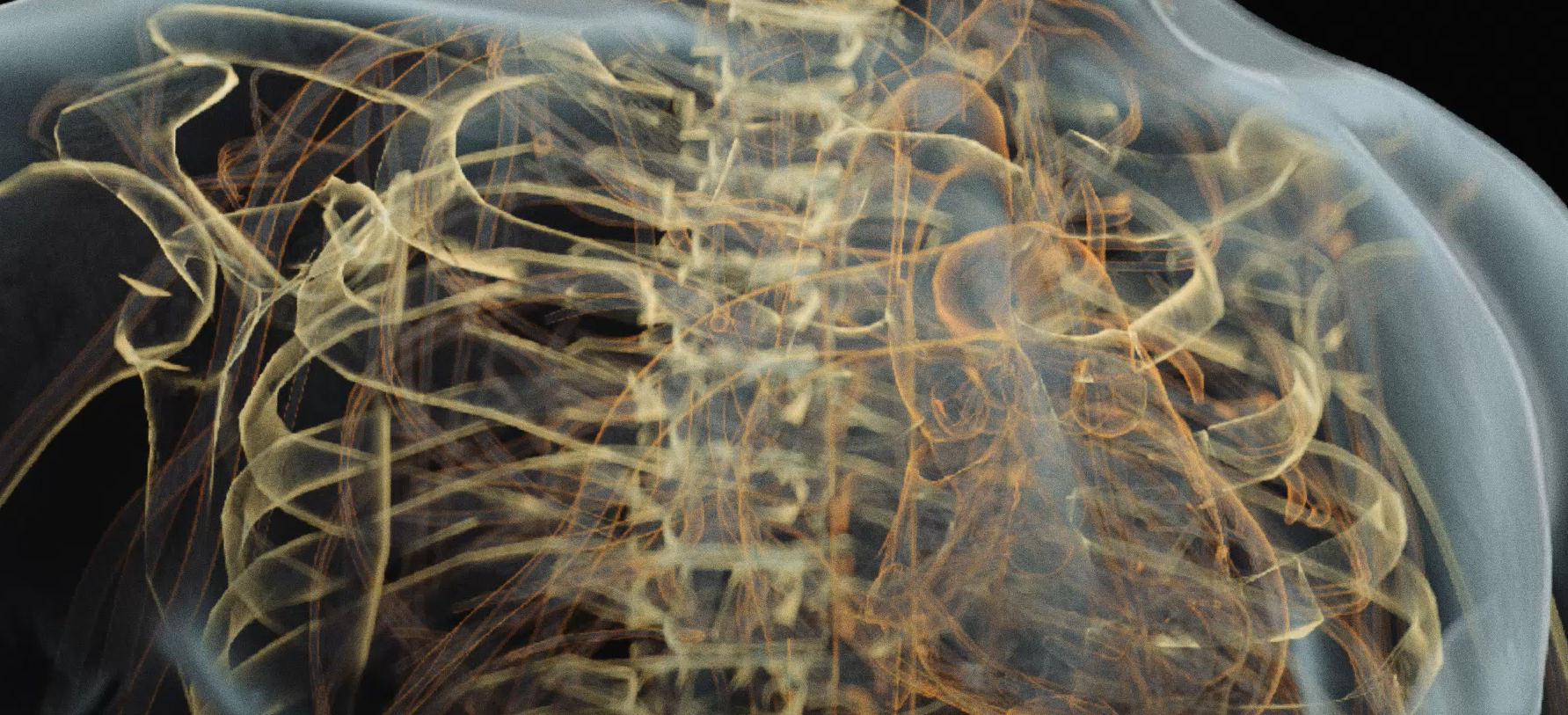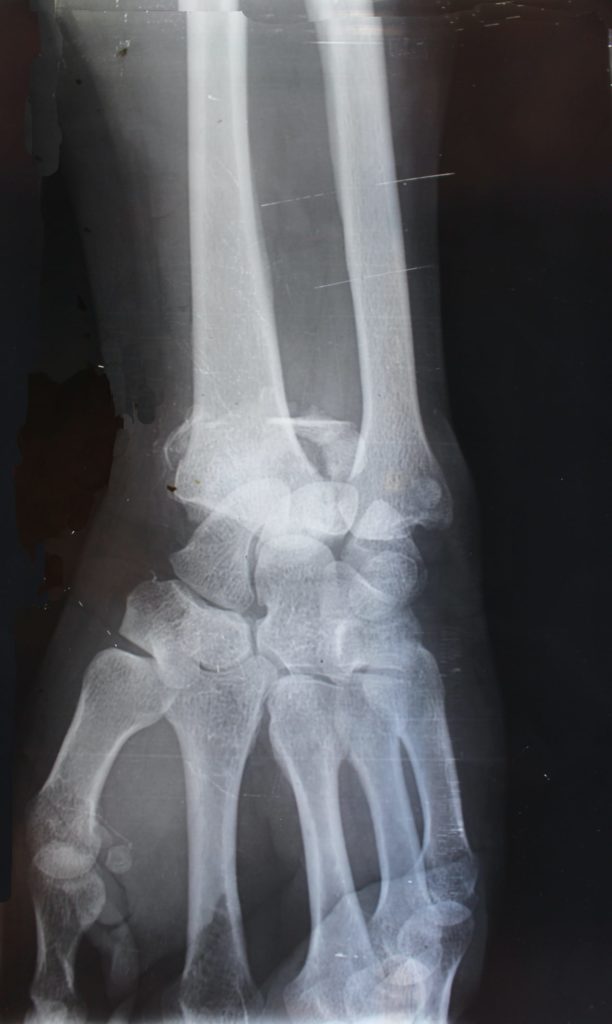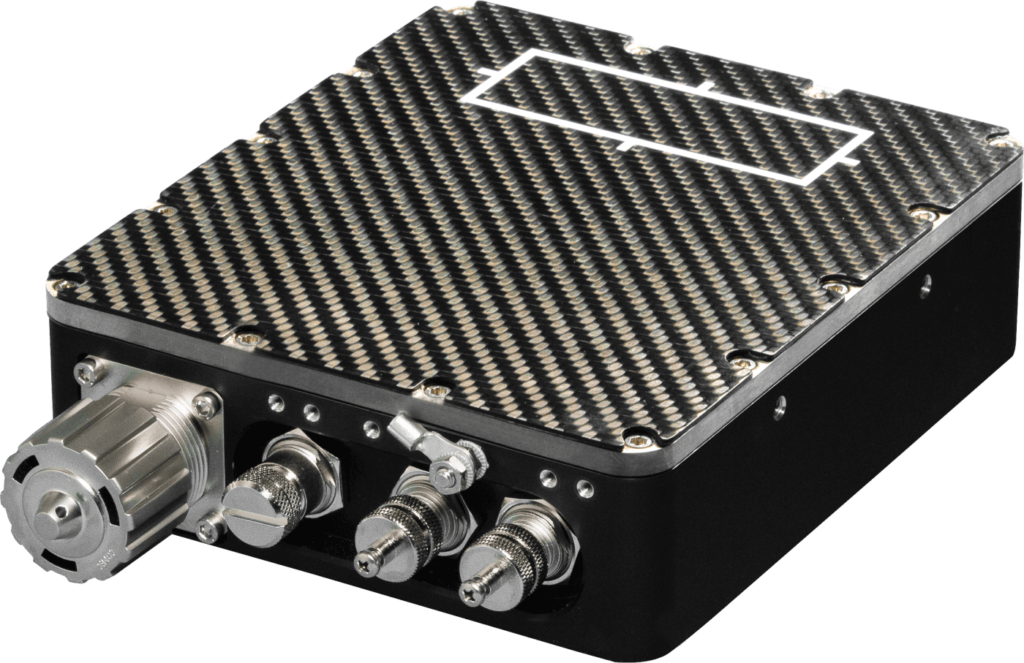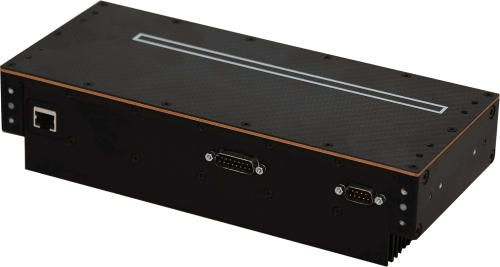
PHOTON COUNTING IN MEDICAL APPLICATION
Photon counting X-ray imaging is a revolutionary technology, the highlight in a history of remarkable advances in X-ray imaging that began with Röntgen’s unforgettable first image of the delicate, skeletal structure of a hand. Varex Imaging is at the forefront of this technology.
Photon counting detectors measure the energy of individual photons after they have passed through the patient’s body. Every X-ray creates an electric signal in the detector material which corresponds to the energy of the photon. This signal is analyzed and based on its strength, it is separately recorded into the corresponding energy channel of the correct pixel. This energy discrimination is intrinsic to the technology and doesn’t require additional system components or added radiation dose.

The benefits include better spatial resolution, improved contrast – in many applications – lower radiation dose. Photon counting also enables the separating tissues, or combined, to form ‘color’ images – after the acquisition. The added energy domain information allows sophisticated post-processing algorithms which can aid the user to focus on the areas of clinical interest.
Varex Imaging photon counting detectors are flexible and can be optimized to the application’s needs: They can scan an entire 2 m human body in 8 seconds, count 109 photons / mm2/ s or read out at up to 5,000 frames per second over an active area of 20×5 cm2 and at 100 micron pixel pitch.
Photon Counting Technology for Computed Tomography
Photon counting based computed tomography (PC-CT) is the latest implementation of photon counting technology and its advantages are already evident. The enhanced contrast to noise ratio of photon counting detectors allows imaging at low dose. The 3D images also reveal a range of detailed information that might not have been seen previously because of the reduction in noise.

Whole Body Scanning
Patients can be scanned in 8 seconds but with less dose because of the sensitivity of Varex photon counting X-ray detectors. Our detectors are optimized for scanning applications with the built-in digital time-delay summation (TDS) mode. The high spatial resolution offers clinicians additional, high-quality information that could aid in comprehensive and detailed patient assessment.
Dual energy and multi-energy imaging allow the clinician the opportunity to look more closely at bone composition and density, important parameters for the diagnosis of skeletal diseases.
Material Separation
A single exposure without any additional dose is all that is needed to capture separate images of different tissue types with a photon counting detector.
The dual energy function provides three views, e.g. one of soft tissue, the other of bone structures as well as the conventional absorption image, as the energy of each photon can be correctly measured and registered. This advanced feature could be of value to, for example, lung examinations.
Functional Dynamic Imaging
It is now possible to see certain processes as never before because of the extremely high readout speed of a photon counting detector which can reach up to 10,000 fps. Events, such as the details of the blood flow around a stent after an implant, can be captured in X-ray imaging in real time. This was only possible with high-speed optical cameras before.
And as scientists around the world continue to explore the investigative opportunities afforded by photon counting technology, it is reassuring to know that the high sensitivity of the detectors can achieve impressive image quality at low dose levels.
Photon Counting With Multi-beam Sources
Photon counting and multi-beam X-ray sources (MBXs) are emerging technologies that offer transformative possibilities. The rapid switching of the multi-beam X-ray source enables a stationary ring of sources that in combination with a stationary set of detectors allows for CT imaging without moving parts. Combined with the extremely sensitive and efficient photon counting technology, the MBX setup can either produce maximum image quality or shortest exposure, depending on the needs of the application.
These technologies can already be deployed by fusing them with existing design concepts. MBX technology used on one imaging axis could be, for example, augmented with mechanical motion on the other. This would allow the use of a smaller, but higher quality detector which would both improve the image quality by reducing the scatter and lower the overall system cost.
Every X-ray imaging system is the product of a careful integration in which image quality, radiation dose, speed, field of view, useability and cost are evaluated and balanced according to the demands of the user application. Photon counting and multi-beam X-ray sources may be outside the mainstream now, but they are shaping the way we think about the X-ray systems of the future.
As we, the experts in X-ray imaging, continuously strive for improvement, we look forward to bringing our customers all the significant benefits of these important, next generation technologies.
Our photon counting detectors used in medical application:

DC-THOR Series
Our direct converting DC-Thor range of photon counting X-ray detectors are built to a scalable, modular design to enable new features or support OEM specific image requirements and are used in medical applications which require high speed (up to 5000+ fps) with high resolution and high sensitivity. Two energy thresholds and multi-threshold software enable spectral X-ray imaging.
The DC-Thor series of detectors are available in various sizes up to 5×40 cm².
DC-THOR.CT
This innovative segmented, curved CT detector is based on DC-Thor modules, and adaptable to CT imaging of various geometries. It is available with the same features as the DC-THOR series with sizes up to 2.5 x 50 cm2.
DC-HYDRA series
Our direct converting DC-Hydra range of photon counting X-ray detectors are modular and scalable. They can operate in several imaging modes – frame output for 3D or digital TDS for scanning applications.
High speed performance at low dose is achieved through high efficiency and the intrinsic sharpness of direct conversion technology through CdTe, dual energy and fast imaging speed.
The DC-Hydra detectors are scalable to different lengths producing an optimal solution for a given application. They are currently available in lengths from 200 to 500 mm and even beyond.

Disclaimer: The actual performance of a photon counting detector depends on the configuration and combination of used features. Not all performance characters are valid for all use cases. DC-HYDRA series and DC-THOR.CT not for sale. Please contact us for more information regarding the DC-HYDRA series and the DC-THOR.CT.